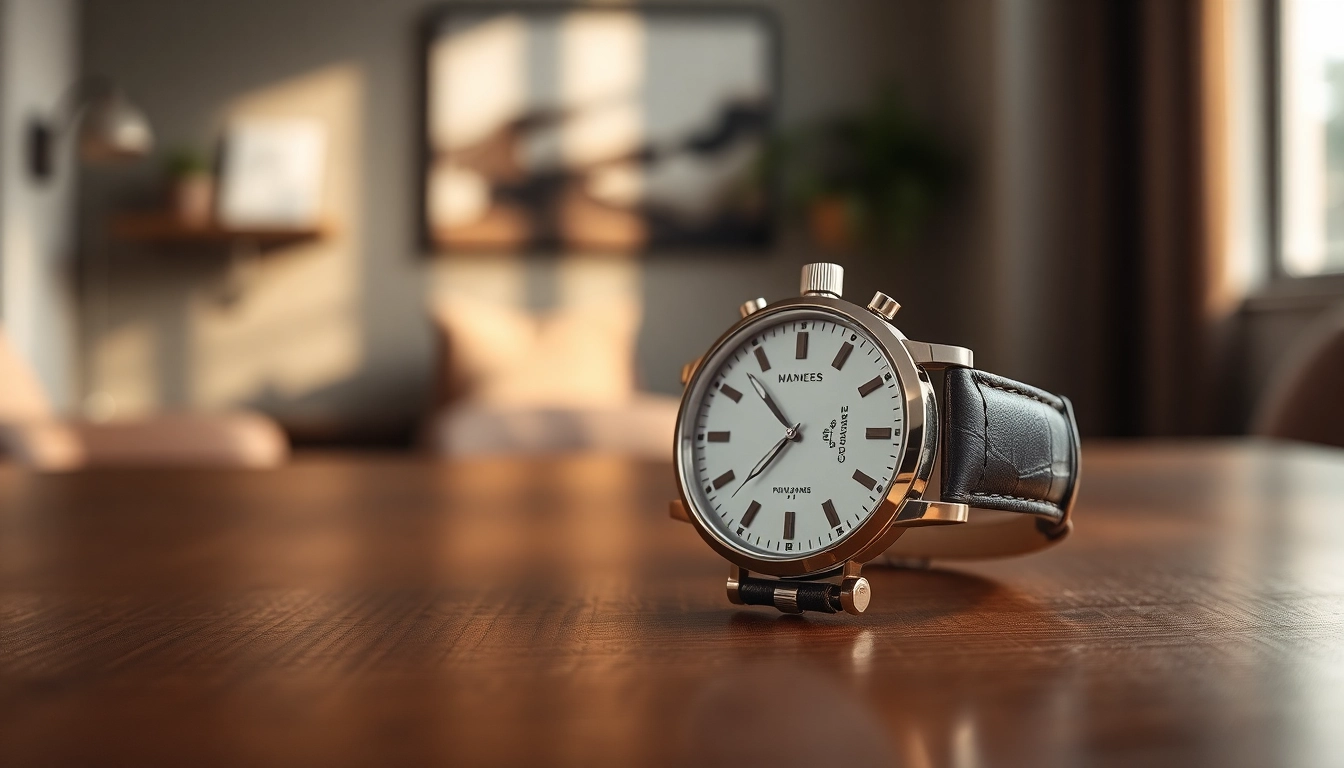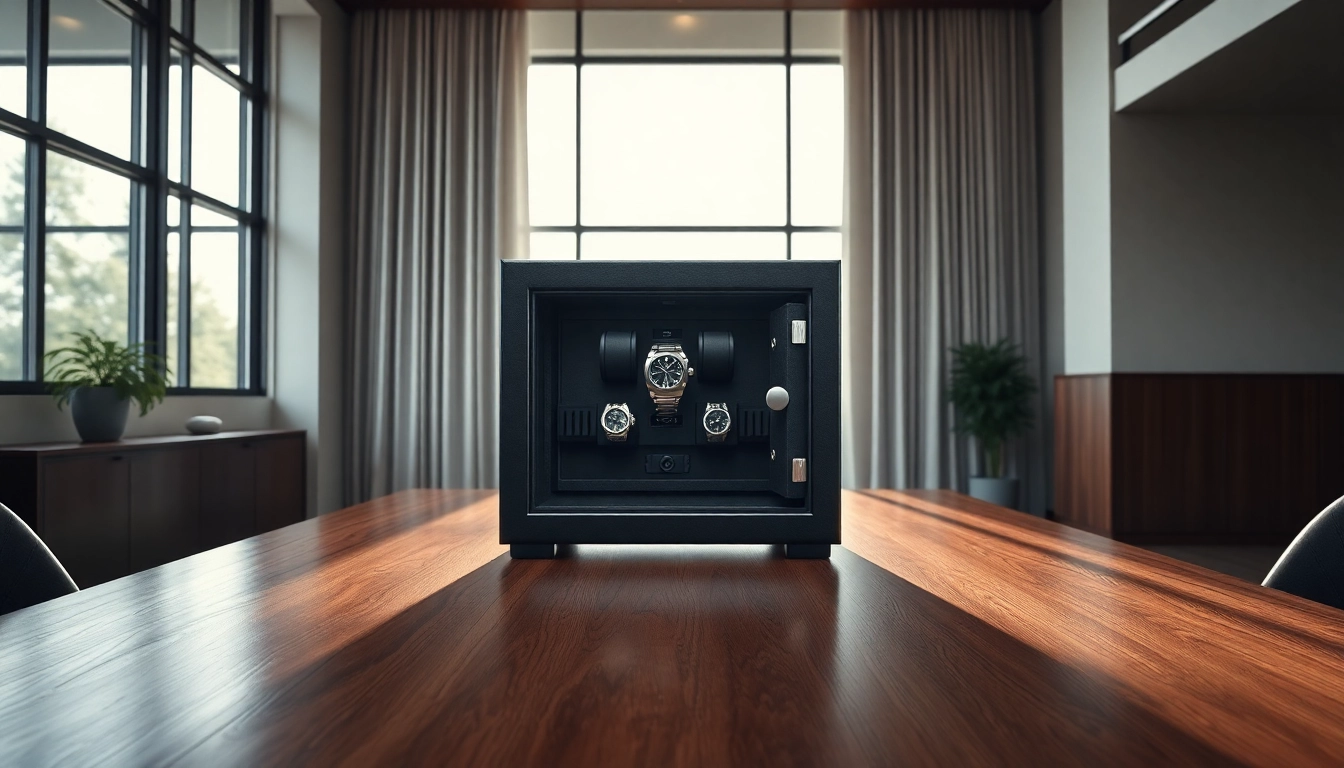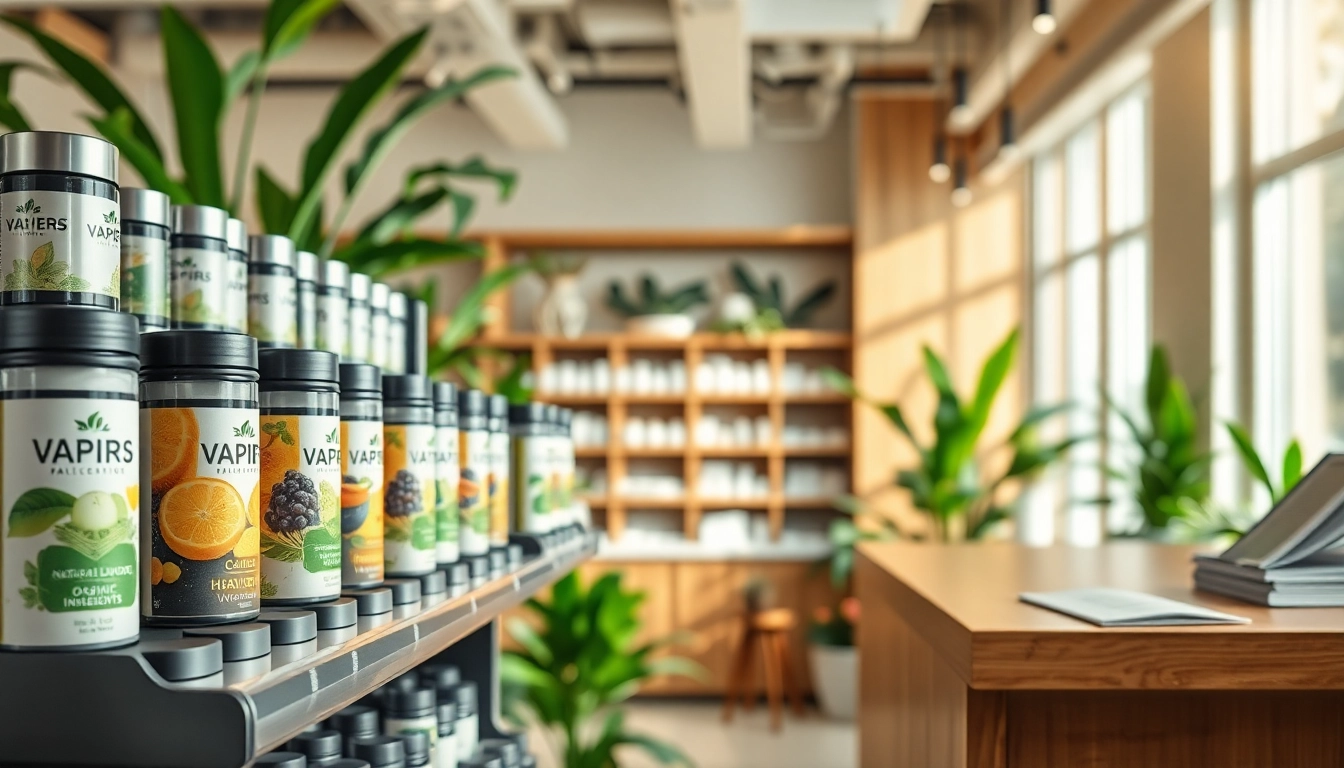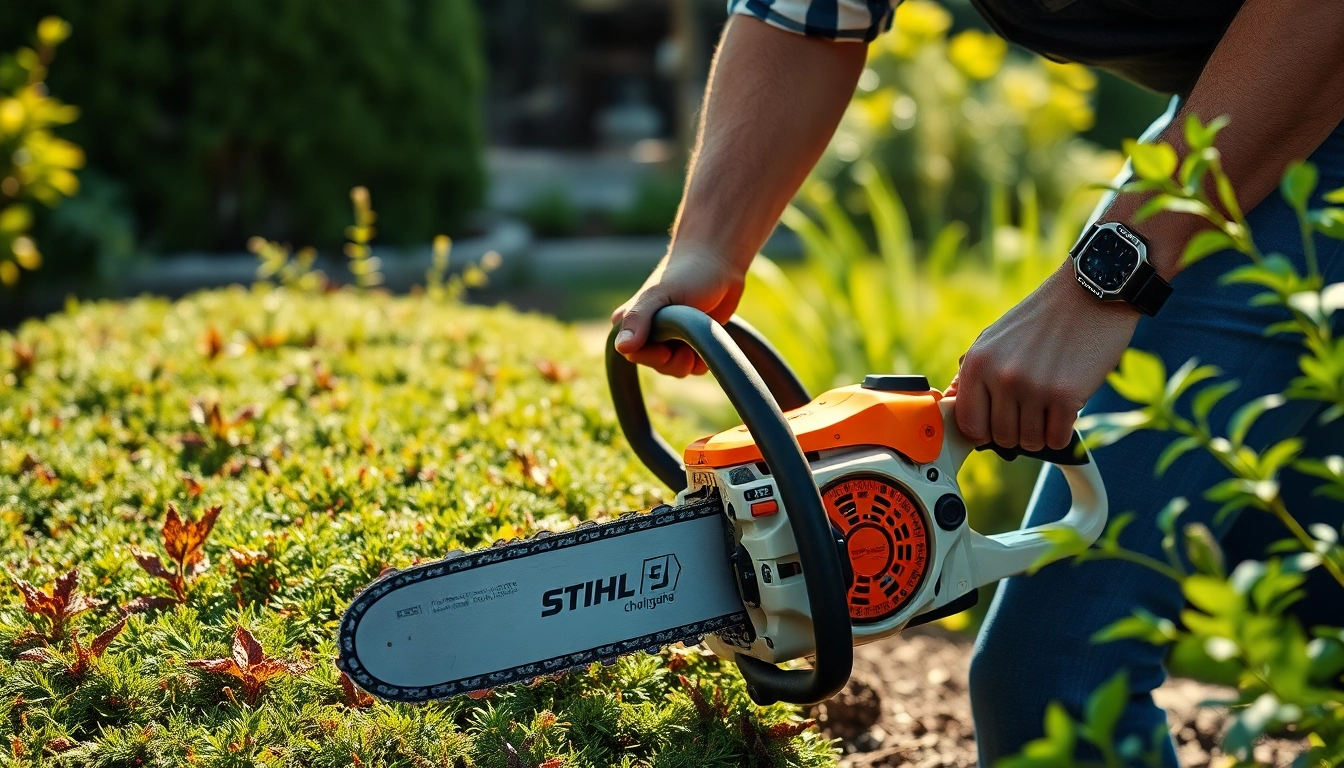Understanding Hairdresser Tool Kits
In the dynamic world of hairstyling, a well-equipped hairdresser tool kit is essential for delivering high-quality services. These kits are tailored collections of tools that not only facilitate a variety of styling techniques but also enhance a professional’s efficiency and productivity. Within this article, we will explore the significance of a hairdresser tool kit, defining its components and highlighting its benefits while guiding you through the process of selecting and maintaining your essential tools.
What is a Hairdresser Tool Kit?
A hairdresser tool kit typically contains all the necessary implements that a professional stylist requires to perform a range of services, from cuts and colors to styling and finishing touches. These kits can vary greatly depending on the stylist’s specialization—whether they’re focusing on cutting, coloring, or styling. However, a well-rounded kit generally includes tools that cater to various tasks, providing versatility for the hairstylist.
Key Components of a Hairdresser Tool Kit
The specific tools included can vary from kit to kit, but some key components are ubiquitous across most hairdresser tool kits:
- Scissors and shears for cutting
- Combs and brushes for styling
- Clips to hold sections in place
- Heat tools, such as hairdryers and straighteners
- Coloring tools, like bowls and brushes
- Miscellaneous tools like razors and texturizing shears
Benefits of Using a Comprehensive Tool Kit
Utilizing a comprehensive hairdresser tool kit has numerous benefits:
- Efficiency: Having all necessary tools at hand minimizes time spent searching for items.
- Professionalism: A well-organized kit reflects a stylist’s dedication to their craft, instilling confidence in clients.
- Versatility: A diverse set of tools allows stylists to cater to a broader range of client needs and trends.
- Quality results: Using the right tools can significantly enhance the quality of the finished style.
Must-Have Tools in a Hairdresser Tool Kit
Styling Tools: Brushes, Combs, and More
Styling tools are foundational in every hairdresser’s arsenal. Different hair types and desired styles dictate the types of brushes and combs you’ll need:
- Bristle Brushes: Best for smoothing and adding shine, particularly to straight hair.
- Round Brushes: Ideal for curling and volumizing when blow-drying.
- Wide-Tooth Combs: Essential for detangling and working through wet hair safely.
- Fine-Toothed Combs: Necessary for precision cutting and tailoring intricate styles.
Cutting Tools: Shears and Razors
Cutting tools are perhaps the most critical components of any tool kit. High-quality shears and razors can make or break a haircut:
- Shears: Invest in a pair of professional-grade shears that feel comfortable and balanced.
- Texturizing Shears: These shears are perfect for softening bulk and layering hair, enhancing texture and movement.
- Razor Tools: Useful for creating soft, blended edges and achieving a shaggy look, ideal for modern hairstyles.
Heating Tools: Dryers and Stylers
Heating tools have transformed the hairstyling landscape, allowing for creativity and efficiency:
- Hairdryers: A powerful dryer is indispensable. Look for one with multiple heat settings and a nozzle for straightening.
- Flat Irons: Essential for creating sleek and straight styles, they can also be used to add curls with the right technique.
- Curling Irons: These tools come in various barrel sizes to accommodate different curls, from beachy waves to tight spirals.
- Diffusers: Ideal for curly hair, diffusers help distribute heat without disrupting natural curl patterns.
Choosing the Right Hairdresser Tool Kit
Assessing Your Professional Needs
Before acquiring a hairdresser tool kit, it’s critical to assess your specific needs based on your services. Identify whether you primarily focus on cutting, coloring, or styling:
- If you specialize in color, invest in quality coloring tools.
- For cutting, prioritize high-quality shears and texturizing tools.
- For styling, ensure you have a range of heating tools and brushes tailored to various hair types.
Comparing Brands and Quality
When it comes to tools, the quality of brands often correlates with performance and durability. Research and compare reputable brands that are well-reviewed in the professional community. Look for:
- Longevity: Tools that withstand the rigors of daily use.
- Comfort: Ergonomic designs reduce strain during prolonged use.
- Warranty and support: A good warranty can be a sign of quality and manufacturer confidence.
Budgeting for Essential Tools
A professional tool kit can require a significant initial investment. To budget effectively:
- Prioritize essential tools and gradually build your kit over time.
- Watch for sales and invest in high-quality items that save money in the long run.
- Consider tool kits that come pre-packaged for certain specialties at a reduced price.
Maintaining and Caring for Your Hairdresser Tools
Cleaning Your Hairdresser Tool Kit
Regular cleaning is paramount to maintaining the longevity and effectiveness of your tools:
- Wipe down your tools after each use to remove hair, dust, and product residue.
- Deep clean your brushes and combs weekly using soapy water or specialized cleaner.
- Soak scissors in a disinfectant to maintain hygiene standards.
Preventing Damage to Your Tools
Preventing damage to your tools ensures their functionality over time:
- Store tools in a dedicated case or organizer to prevent clutter and damage.
- Keep cutting tools covered or sheathed to protect the blades.
- Use heat protectors and cool settings on heating tools to maintain their integrity.
When to Replace Your Tools
Assessing when to replace tools can save you money and enhance your performance:
- If scissors are pulling hair or not cutting smoothly, they may need sharpening or replacing.
- Heating elements that aren’t performing effectively may require replacement.
- Tools that show signs of excessive wear or rust should be discarded to maintain hygiene and safety.
Best Practices for Using a Hairdresser Tool Kit
Techniques for Effective Styling
Incorporating best practices into styling can substantially improve your results:
- Always start with clean, dry hair when using heating tools.
- Section hair properly to avoid tangling and ensure even styling.
- Utilize appropriate techniques for curling or straightening based on the hair type and desired results.
Creating an Inviting Workspace
Your workspace contributes heavily to a positive client experience:
- Maintain cleanliness and organization—clutter can detract from professionalism.
- Consider comfort and lighting; a well-lit station can enhance the styling process.
- Personalize your space while keeping it functional and professional.
Staying Current with Trends and Tools
The world of hairstyling is ever-changing; staying informed on the latest trends is crucial:
- Attend workshops and trade shows to explore new tools and techniques.
- Follow industry leaders and educators on social media to keep up with trends.
- Regularly evaluate your services and tools—what works today may evolve tomorrow.















Leave a Reply